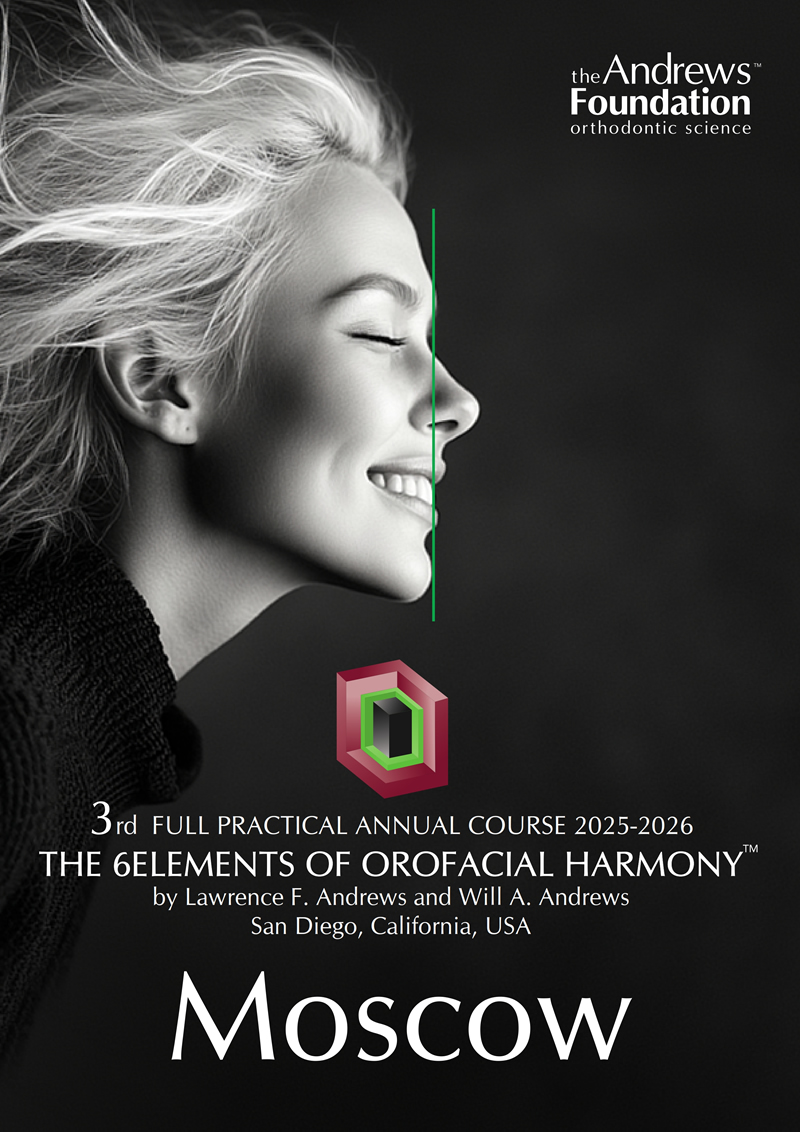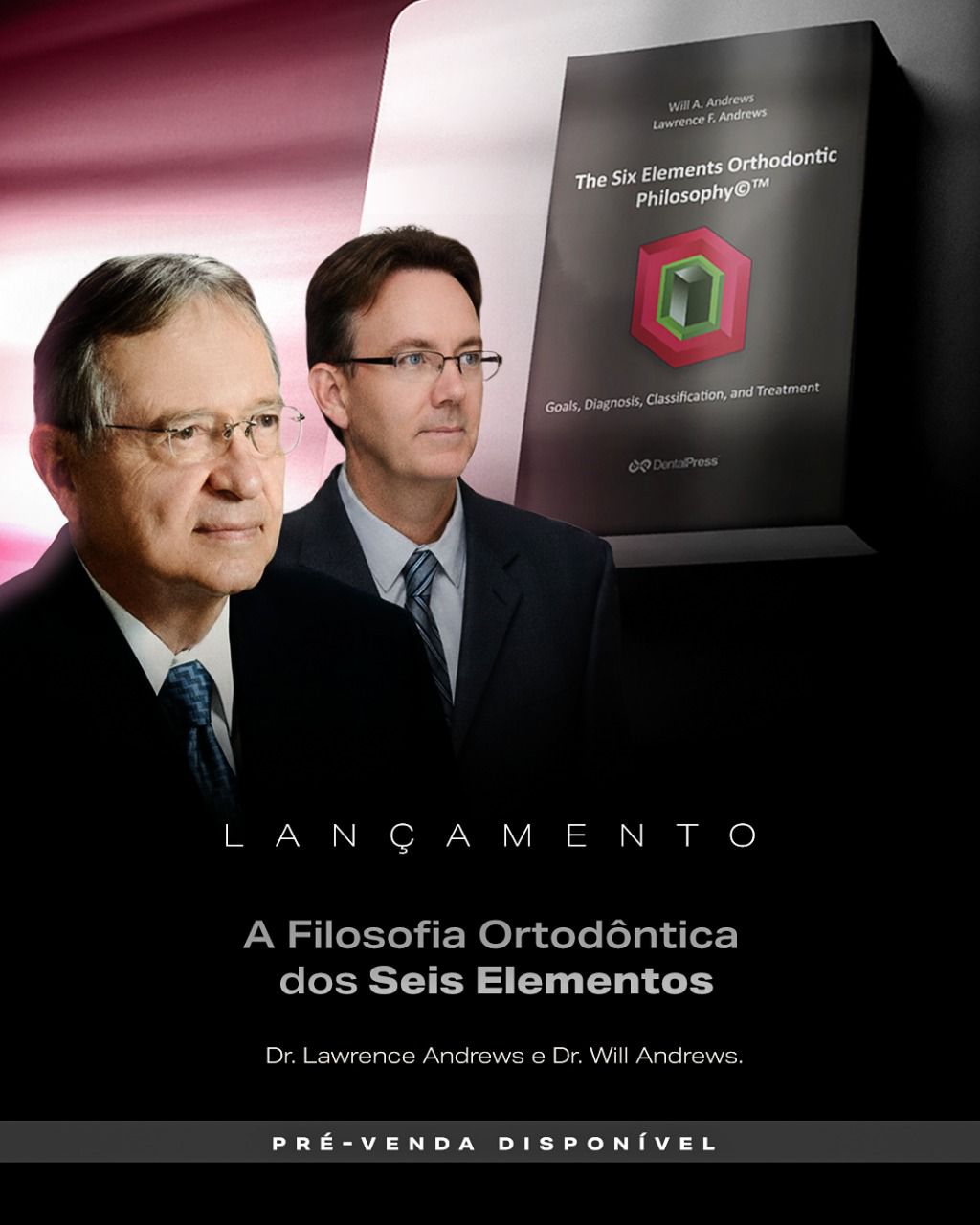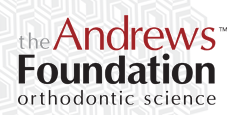Courses
THE 6E ORTHODONTIC PHILOSOPHY
The Six Elements of Orofacial Harmony are the six characteristics found to be consistently present in individuals judged to have optimal orofacial harmony. These characteristics serve as universal treatment goals for the six areas for which orthodontists have diagnostic responsibility. At these courses, you will learn about the Six Elements and the treatment methods proven effective for attaining them.
2014 2015 2016 2017 2018 2019 2020 2021 2022 2023 2024 2025 2026
| Location | Date | Name | Instructors 6E | Information |
|---|---|---|---|---|
| Lima, Peru | 16-19 junio: Diagnóstico, Clasificación y Planificación. 11-14 agosto: Mecánica de Tratamiento. 13-16 octubre: Desórdenes Témporo Mandibulares. 8-11 diciembre: Tratamiento Ortodóntico Quirúrgico. | Full Certification Course 6Elements 11vo Curso Annual "Los Seis Elementos de la Armonia Orofacial" | Dr. Will Andrews Dr. Marco Estrada Dr. Carlos Estrada Dr. Alejandra Cornejo |  [email protected] Language: spanish |
| Moscow, Russia | 27-28 Septemper 2025 Диагностика и планирование лечения 20-21 December 2025 Механика лечения 21-22 March 2026 ВНЧС и ортодонтохирургическое лечение | Full Certification Course 6Elements 3-й Ежегодный Курс "Шесть Элементов Орофациальной Гармонии" | Dr. Dmitry Orlovskiy Dr. Iakov Shorstov |  https://6elements.ru/ [email protected] Language: russian |
| Rio de Janeiro, Brazil | 22 October 2025 | The world premiere of the book Will A. Andrews, Lawrence F. Andrews “The Six Elements of Orthodontic Philosophy” The event will be held as part of the 10th International Orthodontic Congress WFO pre-congress activities | Dr. Will Andrews Dr. Marco Estrada Dr. Raúl Morales Dr. Timothy Tremont |  https://wfo2025rio.org/ |
![]()
The 6Elements Orthodontic Philosophy Courses
Segment 1: Introduction to the 6Elements Orthodontic Philosophy (2-Day Course)
Course Outline: This course introduces the 6E, how to diagnose, classify, and treatment plan. Special attention will be given to diagnosis, classifying, and treating arches relative to Element I with the Andrews2 fully programmed appliance system, and to diagnosing, classifying, and treating the maxilla width relative to Element III with the Haas palatal expander.
Learning Objectives: After the completion of this segment, participants will know how to identify the optimal treatment goals (according to the 6E) for the six areas in which orthodontists have diagnostic responsibility.
Segment 2: 6E “Rules” for Treating, Diagnosing, Classifying, and Treatment Planning (3-Day Course)
Course Outline: Learn the 6E “rules” for treating. This segment includes a full day of hands-on diagnosing, classifying, and treatment planning. The final day of this segment will cover taking records needed by a 6E orthodontist, and begin the process of learning to become an expert on articulators and TMD.
Learning Objetives: After the completion of this segment, participants will know how to:
- Diagnose, classify, and treatment plan according to the 6E Philosophy
- Take 6E clinical and material records
- Choose the most suitable articulator
- Mount cast and how to diagnose and treat occlusion-relation TMD problems prior to treatment
Segment 3:Treating to The Six Elements (3-Day Course)
Course Outline: This 3-day course will build upon information learned in Segments 1 and 2. Each course participant will learn effective and efficient “rules” for treating arches and jaws. A wide variety of clinical conditions will be covered including spaced arches, crowded arches without extractions, and crowded arches with extractions. Options and methods for treating jaws in growing and non-growing patients will also be covered.
Learning Objectives: Each participant will be exposed to a wide variety of patients diagnosed, classified, and treatment planned to the 6E Orthodontic Philosophy. Optimal and compromise treatment plans will be discussed for each patient presented. Treatment strategies best suited for each condition will also be discussed.
Segment 4: Diagnosis and Treatment Planning for Orthognathic Surgery (2-Day Course)
Course Outline: During this segment, participants will review treatment objectives regarding:
- Facial esthetics
- Dental esthetics
- Function
- Periodontium
- Long term stability
Learning objectives: After the completion of this segment, participants will know:
- How to coordinate the responsibilities between the surgeon and orthodontist regarding accurate diagnosis
- Attainable and defendable treatment goals
- Orthodontic strategies to prepare the patients for surgery
Segment 5: Finishing, Retention, Validation, and Grading (2-Day Course)
Course Outline: This segment will focus on finishing cases, verifying that the initial goal (optimal or compromised) was met, and grading treatment results. Long-term retention will be discussed.
Learning Objectives: After the completion of this segment, participants will know how to routinely finish cases according to Element IV (Optimal Occlusion).
The Four Faces of Orthognathic Surgery (Dr. Tim Tremont):
Course Description:
This course is designed for oral/maxillofacial surgeons and orthodontists who provide surgical orthodontic treatment.
Successful orthognathic treatment outcomes depend on refined coordination of responsibilities between the surgeon and orthodontist regarding accurate diagnoses, attainable and defendable treatment goals, and orthodontic strategies to prepare the patient for surgery. This course teaches how to achieve these objectives.
The Six Elements of Orofacial HarmonyTM, a diagnostic and treatment philosophy developed by Dr. Larry Andrews, serves as a foundation for the information presented.
The Six Elements of Orofacial HarmonyTM highlights universal characteristics of the teeth and jaws and the tissues they support that are essential for maximizing oral and facial harmony.
Course Outline:
Treatment Objectives
- Facial Esthetics, Dental Esthetics, Function, Periodontium, Stability
The Six Elements of Orofacial HarmonyTM
- (I) Arch Form (II) Jaws AP (III) Maxilla Transverse (IV) Jaws Vertical (V) Pogonion Prominence (VI) Occlusion
Pretreatment Workup
- Diagnosis – identifying dental and skeletal components
- Treatment Plan – a Cascade of DecisionsC for setting optimal or compromise goals
- Cephalometric Prediction Tracing
- Accurate Soft Tissue Morphing
Presurgical Orthodontics
- Strategies to set up the teeth
SARPE vs Segmental Lefort I for Maxiallary Expansion
Presurgical Workup
- Presurgical Records – the teeth and jaws in three dimensions
- Final surgical treatment plan (goals)
- Prediction tracing and soft tissue morphing
- Cephalometric measurements required for accurate model surgery
Hands-On Patient Case Workups
Treatment Outcome Assessments
Coordinating Responsibilities of the Surgeon and Orthodontist
1998-2025 Copyright



